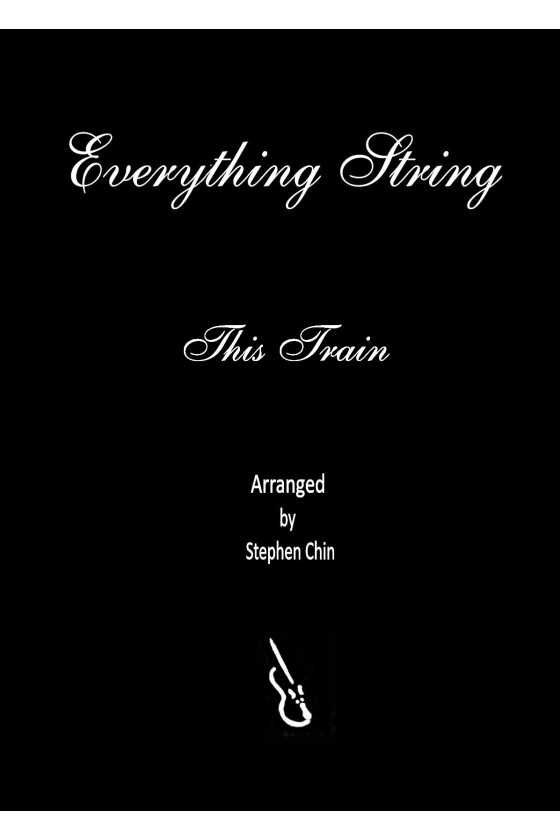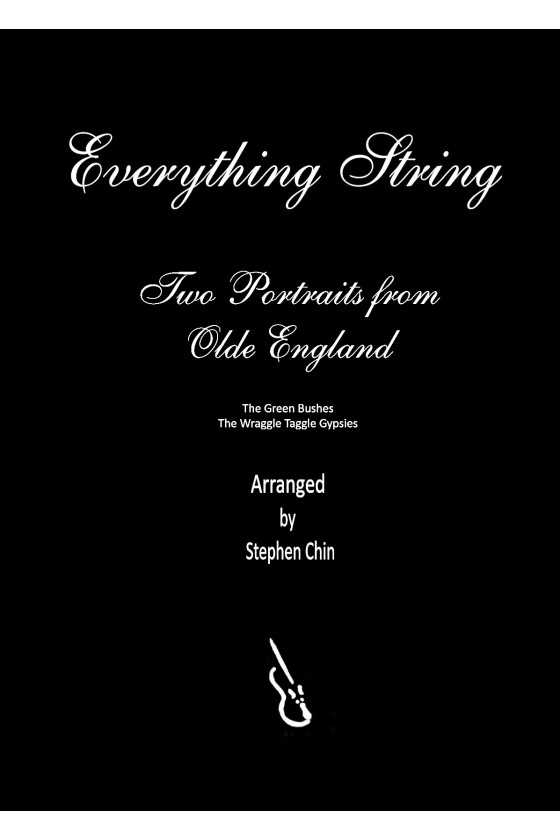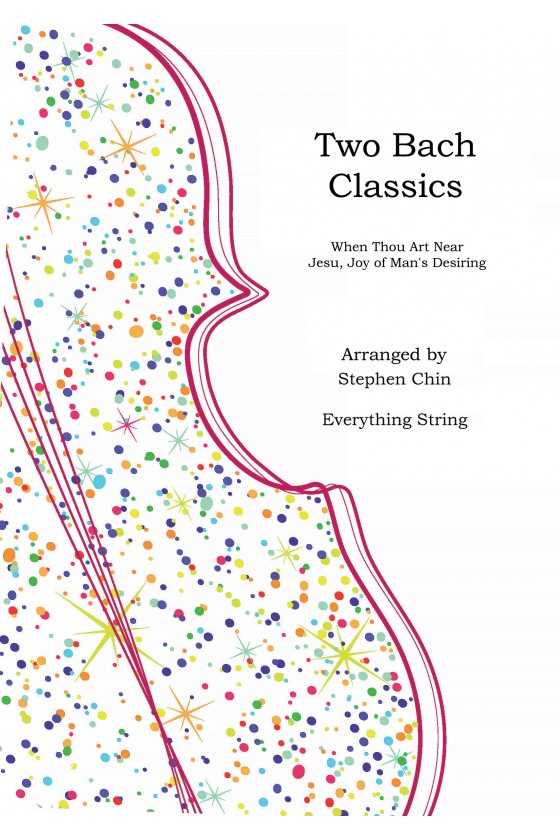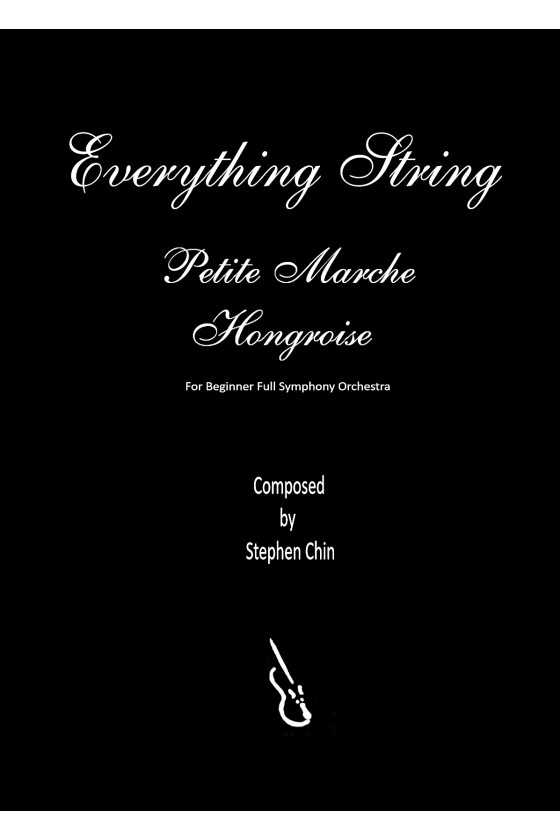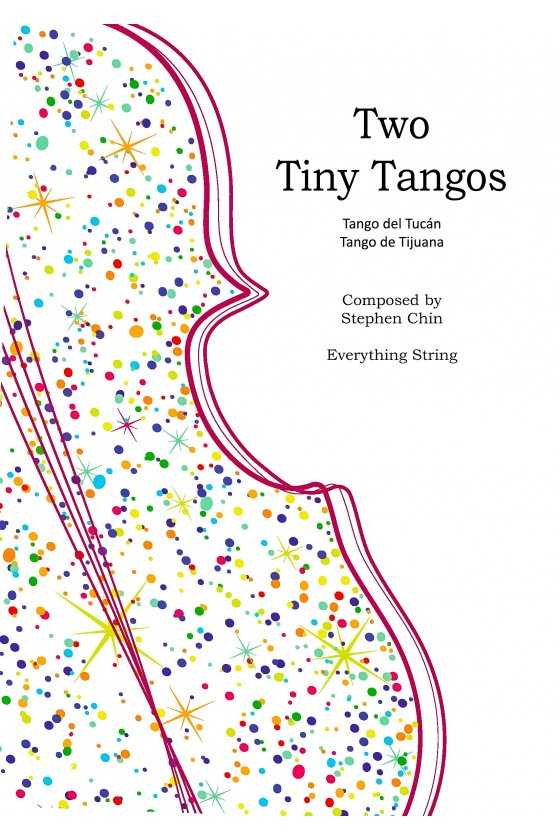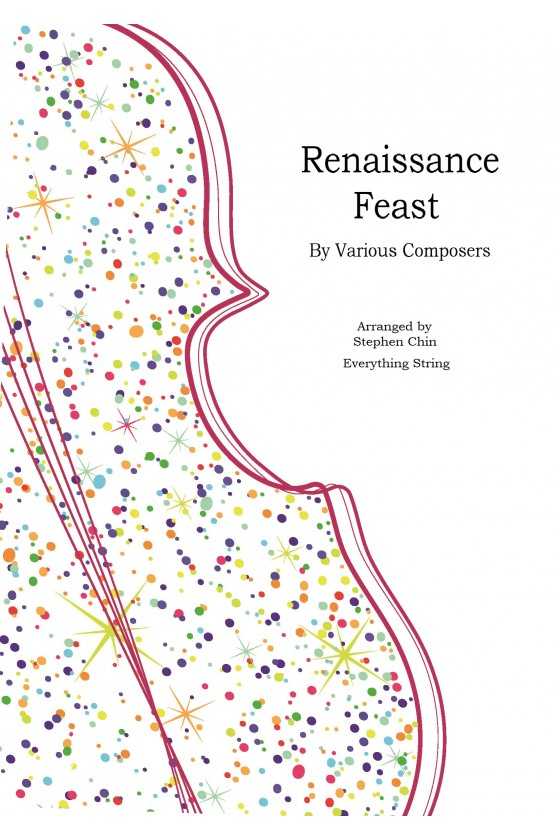This Train - Traditional American Arr. Stephen Chin
This spirited arrangement of a popular spiritual is guaranteed to get every member of the ensemble excited. Throughout the piece, the melody is shared among all players, allowing even the least experienced ones to have a chance to shine. The clashing notes perfectly capture the sound of the train's whistle, adding an authentic touch to the music. The upper parts of the arrangement avoid using the low 2nd finger, allowing for a simpler and more comfortable playing experience, while the lower strings work within a simple left-hand frame. The syncopated notes are easy to manage yet add a remarkable amount of spice and energy to the piece. This arrangement is particularly well-suited for younger players, who will surely have an absolute blast performing it.
For String Orchestra Grade 1


